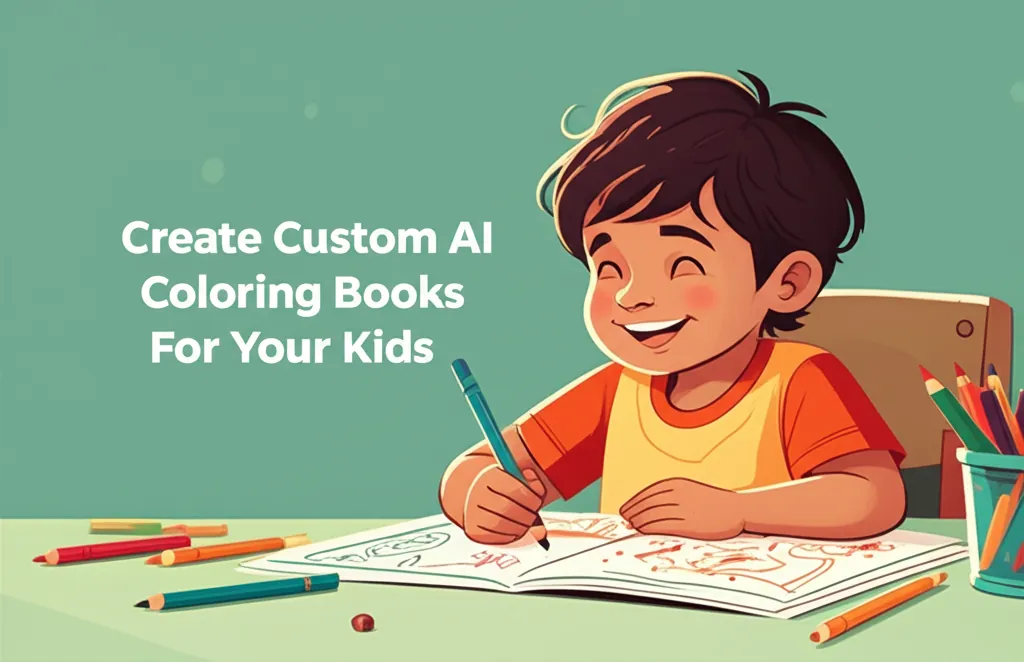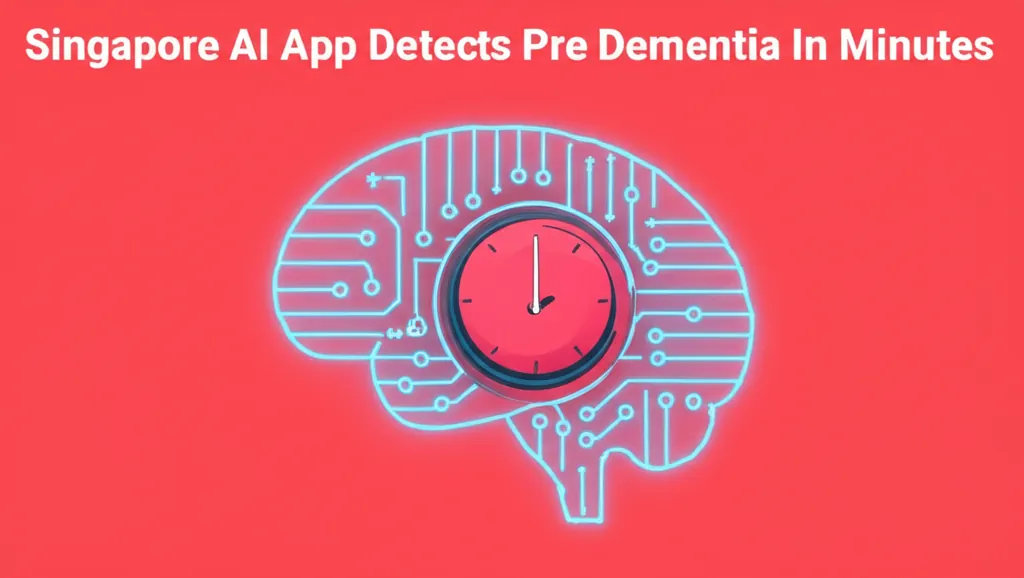Developer Offer
Try ImaginePro API with 50 Free Credits
Build and ship AI-powered visuals with Midjourney, Flux, and more — free credits refresh every month.
How I Used AI to Bridge the Equity Gap in My Classroom
The Growing AI Divide: A Tale of Two Realities
My 12-year-old twins navigate ChatGPT with a startling ease. They've prompted AI to compose music, reimagined our family photos in the style of Van Gogh, and even built chatbots of their favorite anime characters. While I'd love to credit their brilliance, the reality is more about privilege. My husband and I hold graduate degrees and work in computer-heavy fields. Their school district is one of the best in the state, with stable funding and great teachers. Because of this, they are already discussing AI in their sixth-grade classrooms, building a foundation of AI literacy from a young age.
Just a 20-minute drive away, at Delaware County Community College where I teach, the story is starkly different. Many of my students come from under-resourced high schools where AI is framed merely as a cheating tool. One adult learner admitted she had heard of AI but had no idea what it was. A quick ChatGPT demo on the projector left her with a sigh of realization about her daughter's newfound homework speed. This isn't just a technology gap; it's a socioeconomic, generational, and institutional chasm that is widening daily. As educators, especially in community colleges, we have a duty to address this, or we risk leaving our most vulnerable students behind.
From Realization to Action: My Deep Dive into AI

This realization was my call to action. I didn't just dip my toes in; I cannon-balled. I spent over 150 hours immersing myself in large language models, studying AI terminology, and debating the ethics of these tools with colleagues. I read, listened to podcasts, and consulted with my family's IT experts to figure out what ethical and equitable AI integration could look like in my courses.
My efforts led to a grant that allowed me to provide my fall Composition I students with ChatGPT subscriptions. We will meet in a computer lab, creating a collaborative space to explore these tools together. With full access, students can use features like voice-to-text, custom learning tools, and the image generator Sora to deepen their engagement with our course readings. I will be collecting data and survey responses throughout the semester to measure the impact on their learning and digital literacy.
Putting AI to the Test in the Classroom
This summer, I've already begun integrating new strategies. I'm using an AI-detection tool called Pangram in my Composition II course. Unlike other detectors, Pangram provides transparency for both me and the student, identifying even subtly humanized AI writing. This discourages students from using AI as a crutch and instead pushes them toward the authentic, messy process of developing their own writing skills.
The most powerful tool so far has been the AI Transparency Journal. It's a simple shared Google Doc where students log every interaction with AI. They record their prompts, the AI's response, and their own reflections on the process. This creates an invaluable record of their experimentation, growth, and critical thinking.
Eye-Opening Results and Student Reflections
I kicked off my summer course with an experiment. Students fed our syllabus into ChatGPT, introduced themselves with a custom prompt about their backgrounds and goals, and asked the AI to analyze the course for them. The results were immediate and impressive. Students felt more prepared and reflective, even before we'd read a single text. Even the skeptics were surprised by the personalized and insightful responses.
Here are a few reflections that stood out:
- “The response felt like it understood both the good and the hard stuff about me. It even helped me connect my love for reading the Quran to the diverse literature we’ll be exploring.”
- “I never expected AI to suggest keeping a personal phrase list to help with my vocabulary. That idea alone changed how I’m approaching this class.”
- “Honestly, it was like having my horoscope read — but more useful. The AI’s clarity helped me understand the syllabus better than just reading it on my own.”
Most importantly, this initial exercise sparked metacognition and reflection, setting a thoughtful tone for the entire course.
Fostering Deeper Engagement with Creative AI Tools
For our poetry unit, I had students select a passage from either Langston Hughes’s “Let America Be America Again” or Dunya Mikhail’s “The War Works Hard” and use a free AI image generator to visualize its themes. They then posted the image and analyzed how well it matched their own interpretation.

Many students were captivated by the results, and their written responses were often twice the required length. Even those who were disappointed with their images were eager to explain the discrepancy. The assignment sparked a vibrant discussion, with most students responding to multiple classmates' posts.

The Data Speaks: Improved Retention and Success
At the halfway point of the course, I compared the data to my class from the previous summer, which had no formal AI integration. The difference is telling.
This summer, I started with 37 students, and 29 are still actively participating. Of those, 24 are on track for an A or B. In contrast, last summer I began with 38 students. By week four, only 21 were still engaged, and just 17 finished with a C or higher—the minimum for their credits to transfer.
Of course, there are challenges. I've had more one-on-one video calls this semester to help less technically confident students navigate the AI interfaces. But the feedback has been overwhelmingly positive. One student in her 50s, who had only used a computer for email and Facebook, told me, “I’m so glad you’re showing us all this. I never thought I’d learn how to do this in an English class!”
A Call to Action: Shifting from Fear to Responsibility
Beneath the trial and error of this new approach, a powerful current of engagement, community, and energy has emerged. Our students need us to guide them through these new technologies. If we fail to teach them how to use AI ethically and intelligently, we are not just widening the skills gap; we are reinforcing the very equity gaps many of us have dedicated our careers to closing.
It is time to move the conversation from fear to responsibility. Our students are ready. We need to meet them here.
Compare Plans & Pricing
Find the plan that matches your workload and unlock full access to ImaginePro.
| Plan | Price | Highlights |
|---|---|---|
| Standard | $8 / month |
|
| Premium | $20 / month |
|
Need custom terms? Talk to us to tailor credits, rate limits, or deployment options.
View All Pricing Details

